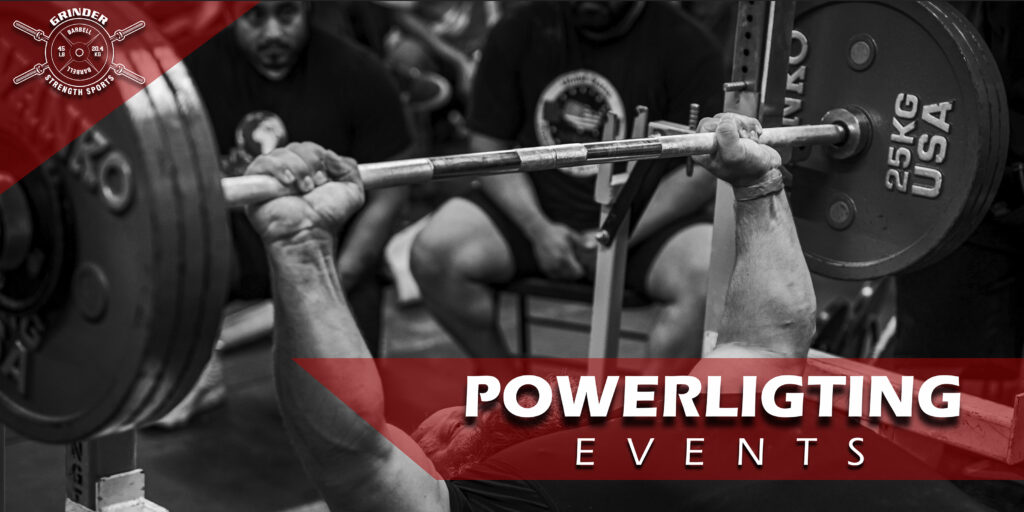Understanding the rules and regulations of powerlifting is essential for successful competition and adherence to the sport’s standards. Here are the key areas covered by powerlifting rules:
- Lift Specifications
- Squat: The lifter must lower their body until the hip crease is below the top of the knee (parallel) and then return to a standing position.
- Bench Press: The lifter must pause the bar on their chest before pressing it to arm’s length and locking out the elbows.
- Deadlift: The lifter must lift the bar from the ground to a standing position with shoulders back and knees locked.
- Commands
- Squat: Commands typically include “Squat” and “Rack.”
- Bench Press: Commands include “Start,” “Press,” and “Rack.”
- Deadlift: The primary command is “Down.”
- Equipment and Attire
- Lifting Gear: Includes belts, knee sleeves, wrist wraps, singlets, and shoes. Each must conform to the federation’s standards.
- Raw vs. Equipped: Competitions may be classified as “raw” (minimal supportive equipment) or “equipped” (use of specialized gear like bench shirts or squat suits).
- Weight Classes and Age Divisions
- Lifters are categorized by weight classes and age divisions to ensure fair competition.
- Attempts and Scoring
- Each lifter is allowed three attempts for each lift. The best successful attempt in each lift is combined to form the lifter’s total score.
- Scoring systems like Wilks or DOTS are used to compare lifters across different weight classes.
- Judging and Lights
- Judging: Three referees judge each lift and signal approval (white lights) or disapproval (red lights).
- Criteria: Judging criteria include depth for squats, pauses on the bench, and lockout positions for deadlifts.
- Federations
- Various federations (e.g., IPF, USAPL, WPC) have their own specific rules and regulations, but all follow similar core principles.
- Competition Day Conduct
- Lifters must adhere to the event schedule, follow the commands of the officials, and maintain sportsmanlike behavior.
By adhering to these rules and regulations, powerlifters ensure fairness, safety, and consistency in competitions. Understanding these standards is crucial for any lifter aiming to compete and succeed in the sport of powerlifting.




Comments are closed